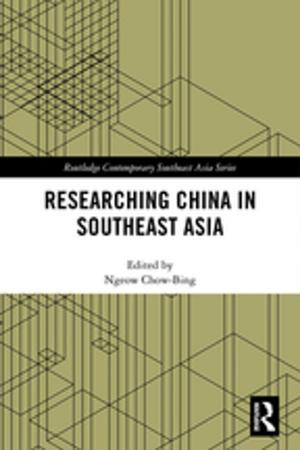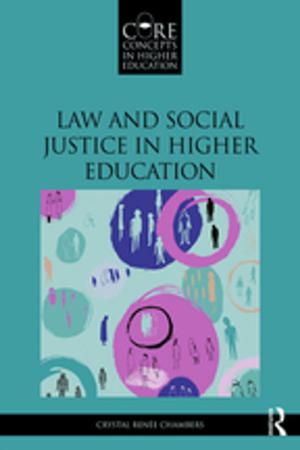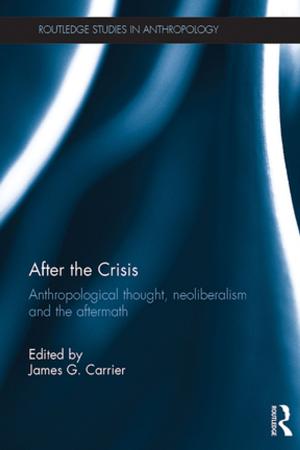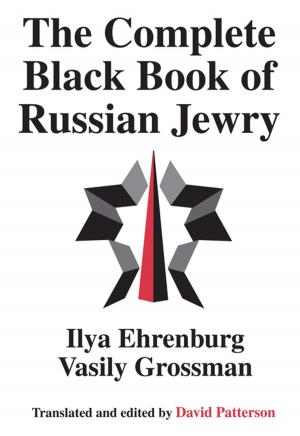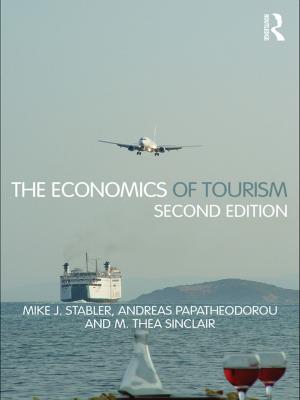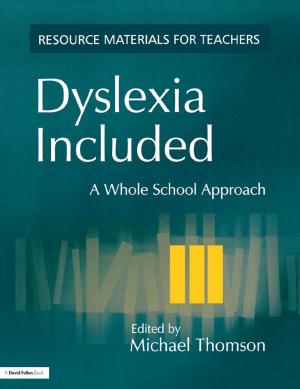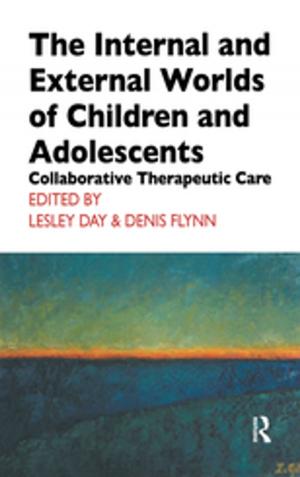Foundations of Multiliteracies
Reading, Writing and Talking in the 21st Century
Nonfiction, Reference & Language, Education & Teaching| Author: | Michèle Anstey, Geoff Bull | ISBN: | 9781351626972 |
| Publisher: | Taylor and Francis | Publication: | May 3, 2018 |
| Imprint: | Routledge | Language: | English |
| Author: | Michèle Anstey, Geoff Bull |
| ISBN: | 9781351626972 |
| Publisher: | Taylor and Francis |
| Publication: | May 3, 2018 |
| Imprint: | Routledge |
| Language: | English |
Using the concept of multiliteracies and multimodality, this book provides foundation knowledge about the new and continuously changing literacies of the 21st century. It details the five semiotic systems (linguistic, visual, auditory, gestural and spatial) and how they contribute to the reading and writing of increasingly complex and dynamic texts that are delivered by live, paper or digital technologies.
One of the main tenets of the book is that social, cultural and technological developments will continue to give rise to changing literate practices around texts and communication, requiring a rethinking of classroom practices that are employed in the teaching of literacy. Therefore, the role of talk, together with traditional lesson structures, is examined and the concept of dialogic talk is introduced as a way of moving towards an effective pedagogy for the teaching and learning of multiliteracies and multimodality.
The book also demonstrates that children’s literature can provide a bridge between old and new literacies and be an effective vehicle for introducing the five semiotic systems to all age groups. Comprehensive and accessible, this book addresses the issue of translating complex theories, research and concepts into effective practice, by providing the reader with four avenues for reflecting upon and implementing the ideas it contains:
- Reflection Strategies that enable the reader to gauge their understanding of key concepts;
- Theory into Practice tasks that enable the trialling of specific theoretical concepts in the classroom;
- Auditing instruments provide specific tasks related to assessment of student performance and evaluation of teacher pedagogy;
- QR codes immediately link the reader to multimodal texts and further references that illustrate and enhance the concepts being developed.
Using the concept of multiliteracies and multimodality, this book provides foundation knowledge about the new and continuously changing literacies of the 21st century. It details the five semiotic systems (linguistic, visual, auditory, gestural and spatial) and how they contribute to the reading and writing of increasingly complex and dynamic texts that are delivered by live, paper or digital technologies.
One of the main tenets of the book is that social, cultural and technological developments will continue to give rise to changing literate practices around texts and communication, requiring a rethinking of classroom practices that are employed in the teaching of literacy. Therefore, the role of talk, together with traditional lesson structures, is examined and the concept of dialogic talk is introduced as a way of moving towards an effective pedagogy for the teaching and learning of multiliteracies and multimodality.
The book also demonstrates that children’s literature can provide a bridge between old and new literacies and be an effective vehicle for introducing the five semiotic systems to all age groups. Comprehensive and accessible, this book addresses the issue of translating complex theories, research and concepts into effective practice, by providing the reader with four avenues for reflecting upon and implementing the ideas it contains:
- Reflection Strategies that enable the reader to gauge their understanding of key concepts;
- Theory into Practice tasks that enable the trialling of specific theoretical concepts in the classroom;
- Auditing instruments provide specific tasks related to assessment of student performance and evaluation of teacher pedagogy;
- QR codes immediately link the reader to multimodal texts and further references that illustrate and enhance the concepts being developed.


